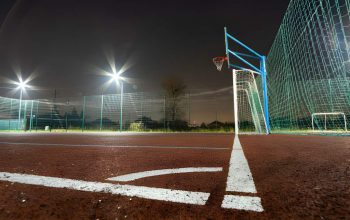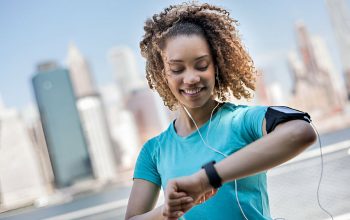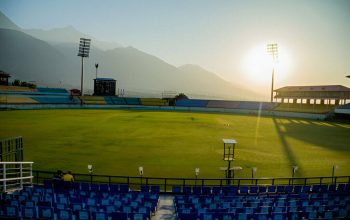Sports recovery massage stands as a cornerstone in the world of athletic training and performance enhancement. As athletes continually push their bodies to the limits, the significance of effective recovery strategies becomes increasingly apparent.
Among these strategies, sports recovery massage emerges as a pivotal tool for optimizing athletic performance and overall well-being.
In this article, we delve into the profound ways in which sports recovery massage enhances athletic performance, examining its impact on both the physical and mental aspects of athlete preparation and recovery.
Understanding the Essence of Sports Recovery Massage
Sports recovery massage is not merely a luxury reserved for elite athletes; it is a fundamental component of comprehensive athletic training and performance enhancement. At its core, sports recovery massage embodies the principles of proactive self-care, injury prevention, and holistic well-being.
Techniques and Benefits
Sports recovery massage employs a variety of techniques including deep tissue massage, Swedish massage, trigger point therapy, and myofascial release. These techniques target muscle soreness, tightness, and inflammation, helping to alleviate pain and improve flexibility and range of motion.
By increasing blood flow to the muscles, relaxing massage aids in the removal of metabolic waste products such as lactic acid, which can accumulate during intense physical activity and contribute to muscle fatigue and soreness.
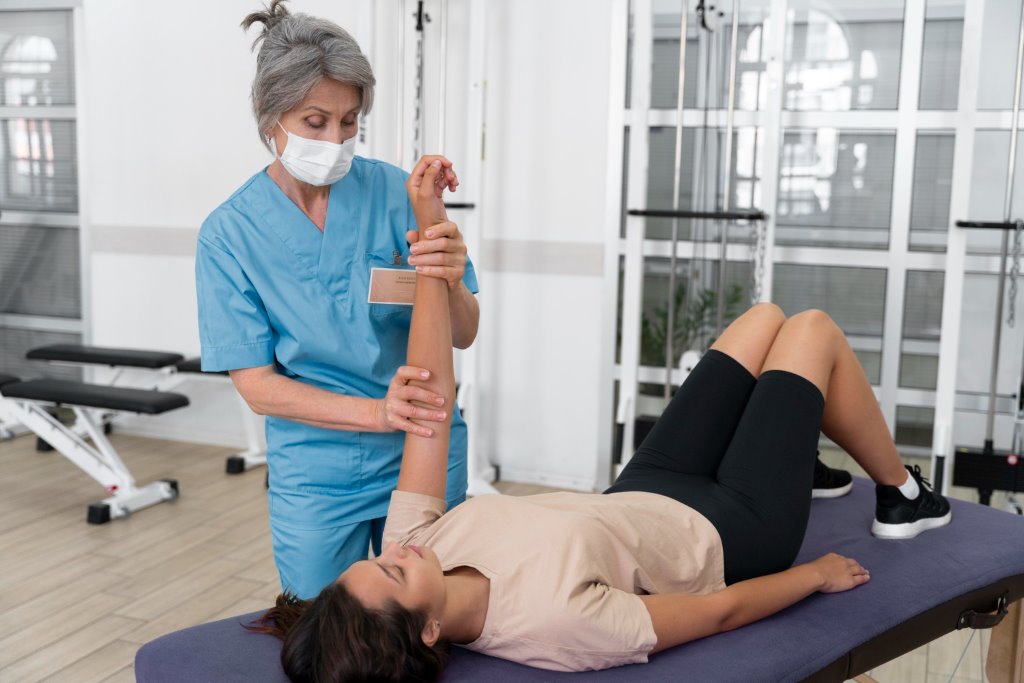
Injury Prevention and Rehabilitation
In addition to its role in post-exercise recovery, sports recovery massage plays a crucial role in injury prevention and rehabilitation. Regular massage therapy can help identify areas of muscle imbalance and dysfunction, allowing athletes to address these issues before they lead to more serious injuries.
Furthermore, for athletes recovering from injuries, sports recovery massage can expedite the healing process by increasing circulation, reducing inflammation, and breaking down scar tissue. This accelerates tissue repair and regeneration, enabling athletes to return to training and competition sooner and with reduced risk of re-injury.
Enhancing Athletic Performance
The benefits of sports recovery massage extend far beyond mere relaxation and pain relief. By incorporating regular massage therapy into their training routines, athletes can experience significant improvements in their athletic performance.
Improved Recovery Time
One of the primary ways sports recovery massage enhances athletic performance is by reducing recovery time between workouts and competitions. By promoting faster muscle recovery and reducing post-exercise soreness, athletes can train more frequently and at higher intensities without risking burnout or overtraining.
The Role of Sports Recovery Massage in Athletic Performance
At the heart of sports recovery massage lies its profound impact on athletic performance. This therapeutic intervention offers a multitude of benefits that directly contribute to enhanced physical capabilities and optimal athletic function.
1. Improved Circulation and Oxygenation
Sports recovery massage stimulates blood flow to the muscles, facilitating the delivery of oxygen and essential nutrients while eliminating metabolic waste products such as lactic acid.
Enhanced circulation not only improves muscle recovery but also promotes tissue repair and regeneration, thus minimizing the risk of overuse injuries and enhancing endurance during prolonged physical exertion.
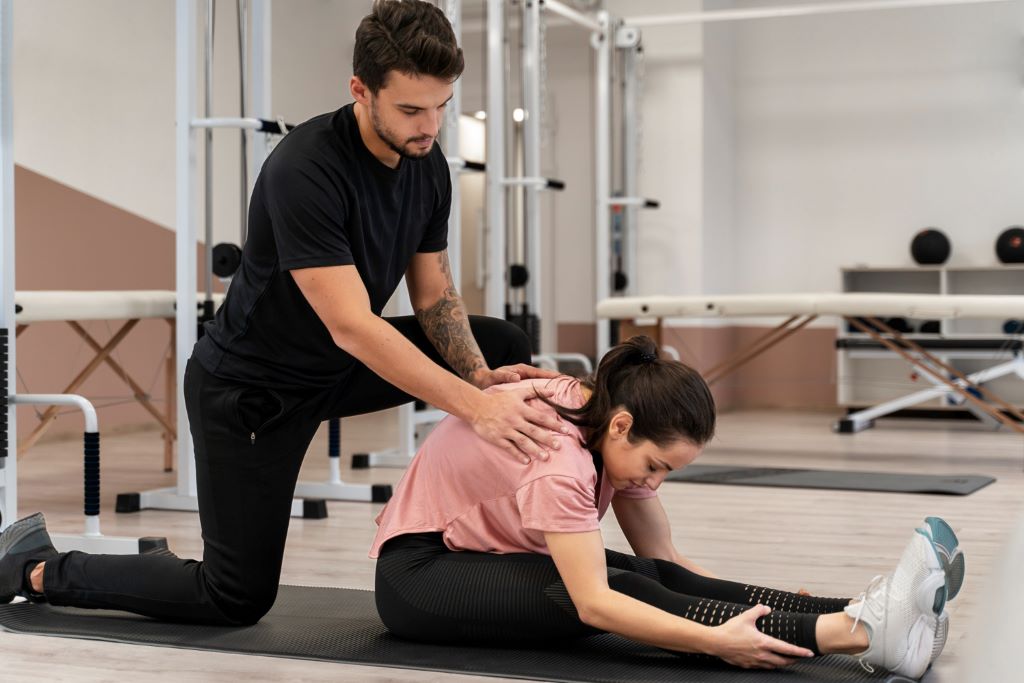
2. Reduction of Muscle Tension and Soreness
Intense physical activity often results in the accumulation of muscle tension and soreness, impeding performance and impeding recovery. Sports recovery massage targets specific muscle groups, releasing tension, and alleviating discomfort through deep tissue manipulation and gentle stretching. By restoring muscular balance and flexibility, athletes can maintain an optimal range of motion and functional movement patterns essential for peak performance.
3. Enhanced Flexibility and Range of Motion
Flexibility and range of motion are integral components of athletic performance across various disciplines. Sports recovery massage incorporates dynamic stretching techniques that elongate muscle fibers, improve joint mobility, and enhance proprioception.
With Enhanced flexibility and wellness, athletes can optimize their biomechanical efficiency, reduce the risk of injuries, and unleash their full athletic potential.
4. Stress Reduction and Psychological Well-being
Beyond its physical benefits, sports recovery massage fosters profound psychological well-being by alleviating stress, anxiety, and mental fatigue associated with intense training and competition. The rhythmic strokes and soothing touch of massage promote relaxation, induce the release of endorphins, and enhance overall mood and mental clarity.
This holistic approach to wellness empowers athletes to cultivate a positive mindset, manage performance-related pressure, and maintain emotional equilibrium throughout their athletic journey.
5. Facilitation of Injury Prevention and Rehabilitation
Injury prevention and rehabilitation are paramount concerns for athletes striving to optimize their performance and longevity in their respective sports. Sports recovery massage serves as a proactive measure by identifying muscular imbalances, structural misalignments, and potential injury triggers before they escalate into debilitating conditions.
Moreover, sports recovery massage complements traditional rehabilitation protocols by accelerating soft tissue healing, reducing scar tissue formation, and restoring functional integrity following sports injury or surgery.
The Art and Science of Sports Recovery Massage
Sports recovery massage is as much an art form as it is a scientific discipline. Trained massage therapists employ a diverse array of techniques and modalities tailored to the unique needs and preferences of each athlete.
From gentle effleurage to targeted deep tissue work, the application of pressure, rhythm, and pace is meticulously calibrated to optimize therapeutic outcomes while ensuring client comfort and safety.
The efficacy of sports recovery massage hinges on a deep understanding of human anatomy, biomechanics, and the physiological responses to exercise and manual therapy.
Massage therapists leverage this knowledge to formulate comprehensive treatment plans that address not only the immediate symptoms but also the underlying root causes of muscular dysfunction and performance limitations.
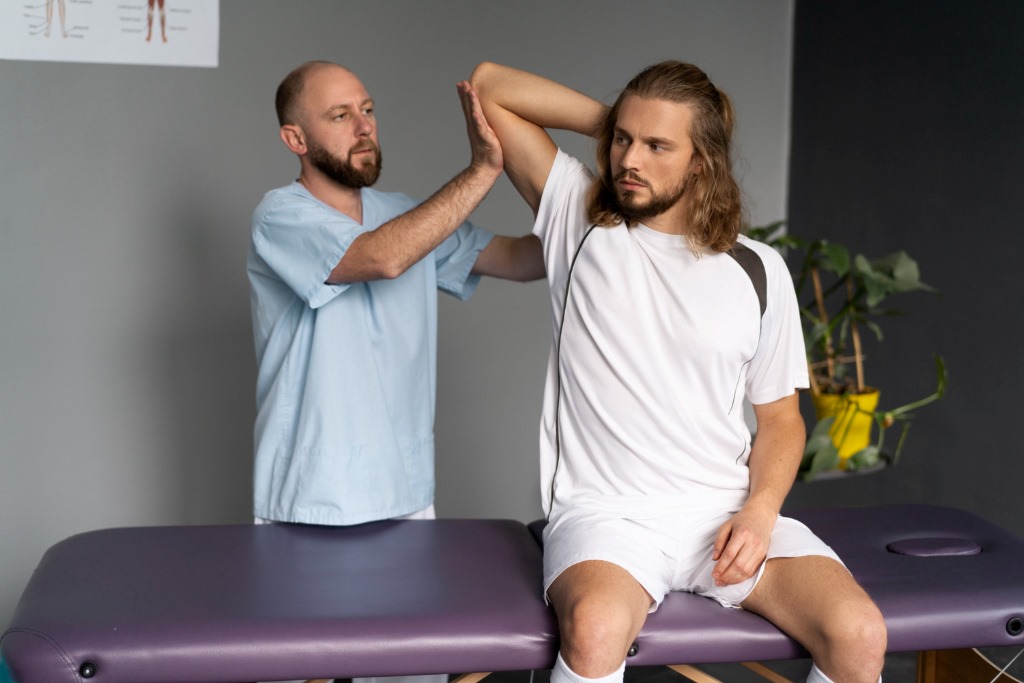
Conclusion
In conclusion, sports recovery massage stands as a cornerstone in the pursuit of athletic excellence and holistic well-being. By harnessing the power of touch, movement, and intention, sports recovery massage empowers athletes to transcend physical limitations, unlock their innate potential, and embark on a journey of self-discovery and peak performance.
As we continue to unravel the intricacies of human physiology and the symbiotic relationship between body and mind, sports recovery massage will remain a timeless testament to the enduring pursuit of greatness in sport and in life.

